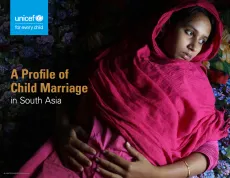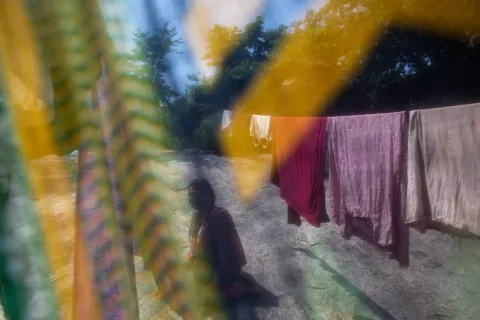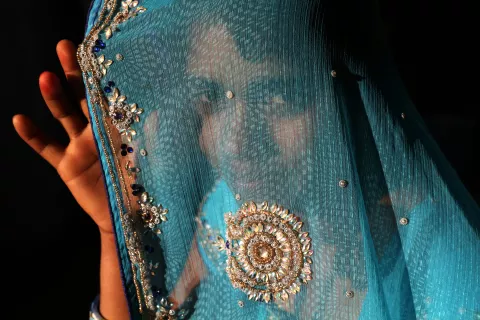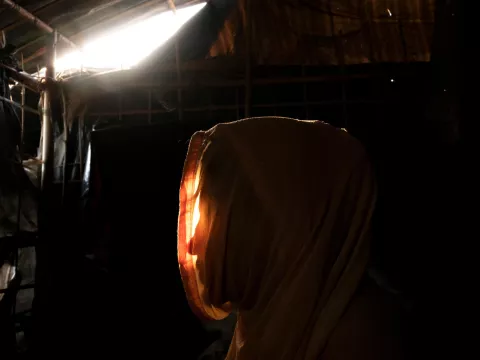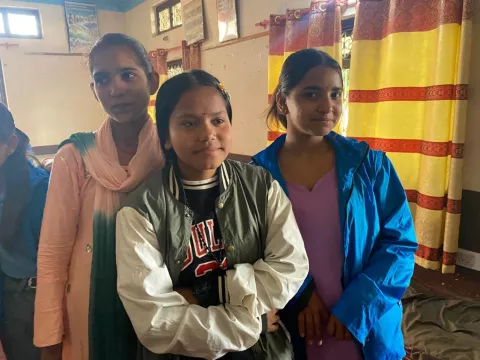A profile of child marriage in South Asia
Child marriage is a violation of human rights.
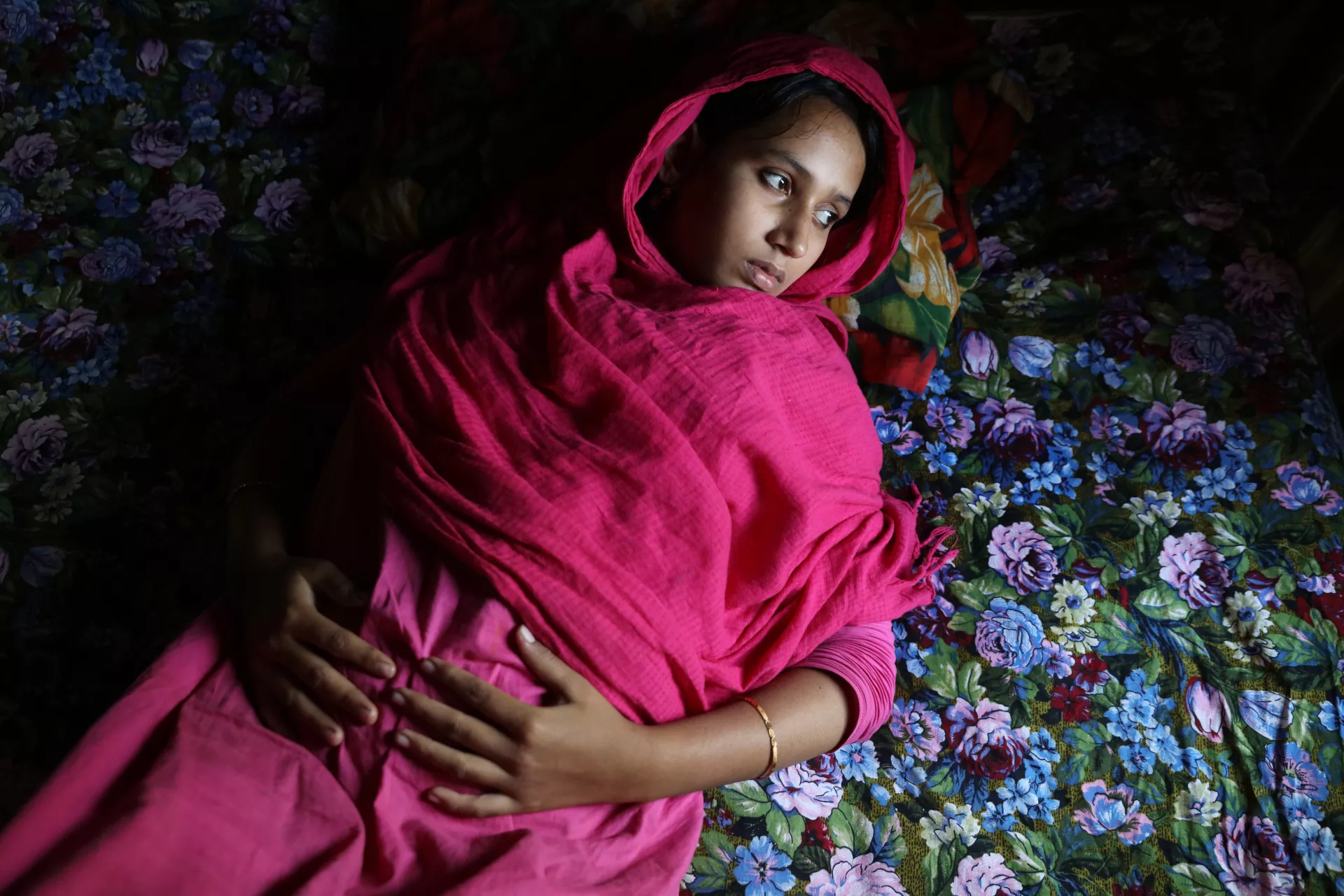
Highlights
This regional data brief and country profiles, produced by UNICEF, present the latest situation of child marriage in the region. The region has made commendable progress to end child marriage. However, much more needs to be done for countries in South Asia to achieve the targets of the Regional Action Plan to End Child Marriage.
Child marriage is a violation of human rights. Child marriage is now firmly on the global development agenda, most prominently through its inclusion in Sustainable Development Goal (SDG) target 5.3, which aims to eliminate the practice by 2030.
UNICEF is urging governments, donors and partners to make sure every child is protected from this harmful practice, which has devastating consequences for individuals and for society.
Child marriage in South Asia key facts:
- Around one in four young women in South Asia were first married or in union before their 18th birthday.
- Child brides in South Asia are more likely to live in poor households, have less education and reside in rural areas.
- Three in four child brides in the region give birth while they are still adolescents.
- The vast majority of child brides in South Asia are out of school.
- South Asia leads the world in progress on reducing child marriage.
